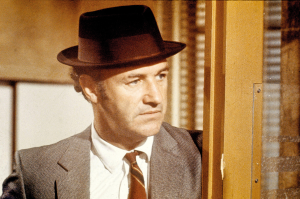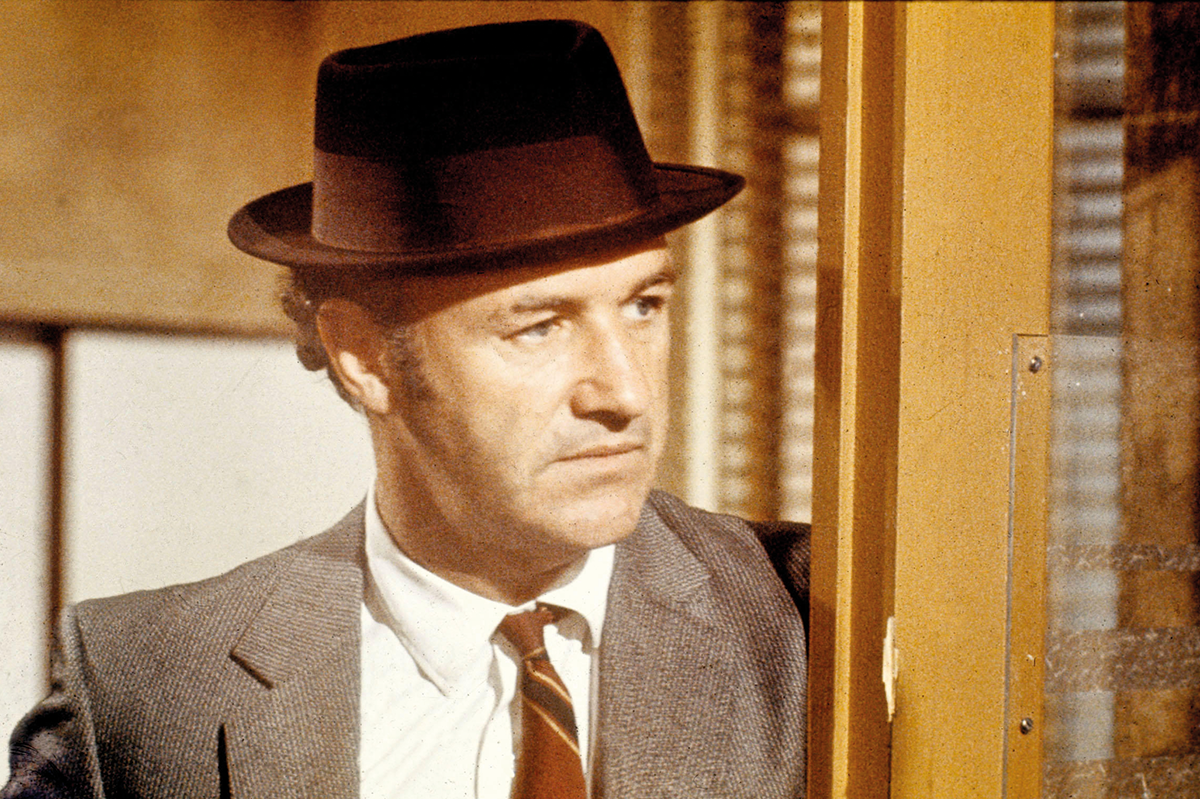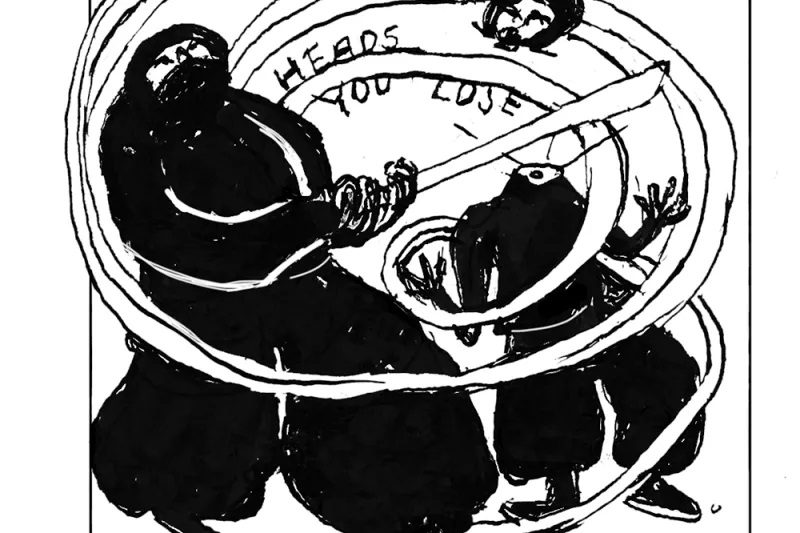There’s no doubt that Quentin Tarantino is a movie director of brilliance, if not genius. But can he write?
Well he can certainly tell a good story. What we have here is Tarantino’s ninth feature film, a 1960s Hollywood yarn about a fictional actor and his stunt double, but rendered in book form. Rick Dalton is the TV and B-movie actor, while his stuntman, Cliff Booth, ruined his own career by beating up Bruce Lee during a shoot. He’s now reduced to being Rick’s driver and drinking buddy. The two of them are on the slide, but things start to look up when Rick lands a role in a new cowboy TV drama.
Washed up he may be, but Rick still has his mansion in the Hollywood hills, and his new neighbors turn out to be the non-fictional actress Sharon Tate and her husband, the director Roman Polanski. In 1969, Tate was brutally murdered by members of the Charles Manson family, a group of creepy hippies who also appear in the book, floating about in LA’s counter-cultural underworld.
It’s propulsive and engrossing, and at times recreates something of the delirious energy of Tarantino’s movies, which isn’t bad for a debut novel. In the right frame of mind, a reader will devour this in a single sitting, even though it could have done with some cuts — 1960s Hollywood gossip is not quite as interesting as the author supposes.
Like all of Tarantino’s stories, it is a swirling collage of anecdote, flashback and self-reference, delivered here in a kind of Mickey Spillane tough-guy 1950s pulp style. But it’s much more foul-mouthed and sexually frank than any Mike Hammer tale — which takes us to the novel’s main problem: its depiction of women. If the eye-popping misogyny were simply confined to the characters, that would be one thing. But the authorial voice itself is startlingly coarse, sadistic even, when dealing with the female protagonists.
A movie director is shielded from view by the vividness of the cinematic spectacle he or she creates, and few people’s films are as vivid as Tarantino’s. But when things are set down on the page in black and white that shield falls away. The effect is revealing, and in this case not in a good way. Readers will be entertained by the book — the film itself was a critical success. Even so, having emerged from his place behind the camera, the most striking character in this novel turns out to be the author himself.
This article was originally published in The Spectator’s UK magazine. Subscribe to the World edition here.

























